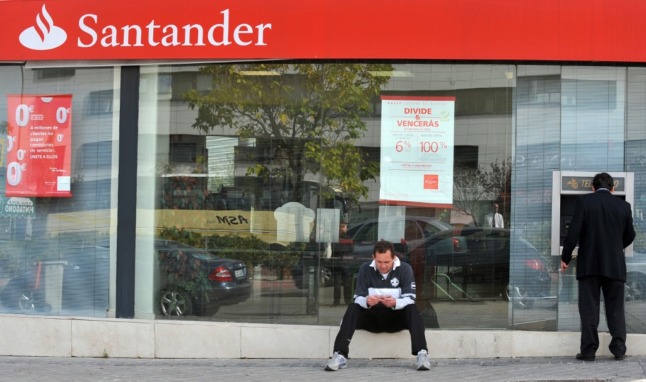Of all the provinces in Spain, none is home to more British nationals than Alicante, where some 69,289 Brits officially reside, according to the Spanish government’s national statistics organization, the INE (Instituto Nacional de Estadísticas).
The province’s sunny weather and the white sand beaches of the Costa Blanca draw so many Brits in such high concentrations that it can sometimes feel as if one has stumbled into a sort of Little Britain in the sun.
Legendary tourist destination Benidorm and its 2,322 British residents (though this only includes those who are registered) is only the tip of the iceberg.
The town of Orihuela, with its coastal housing development, is home to a whopping 9,393 UK nationals. In the town of Llíber, they make up almost half (44%) of the population.
But believe it or not, there are still 4 villages in Alicante without a single British resident. If you're trying to escape your fellow Brits but still enjoy that sunny Alicante weather, then look no further…
Benasau
Tucked into the Sierra de la Serrella is the village of Benasau and its 156 residents, making it the most populous of the English-free municipalities in Alicante. It is home to the Torre del Palacio, ancient home of the Barons of Finestrat, and the recently restored Iglesia Parroquial de San Pedro.
Benifallim
Not only are there no British residents in Benifallim, there are no foreign residents, period. This town of 108 – mostly Valencian speakers – lies just 7 km to the Southeast of Benasau, and is known for its castle overlooking the surrounding farmland and the Palacio of the Marquis de Montortal, today home to the local town hall.

The castle of Benifallim (left) overlooking the village (right). Photo: Galopax/Wikipedia Commons
Benillup
With only 94 inhabitants, the smallest of the British-free villages calls itself “the smallest big town in the world”. Another Valencian-speaking municipality, it is dominated by its bell tower, dedicated to the town’s patron saints, Llorenç and Águeda.
Photo: Joanbanjo/Wikimedia Commons
Facheca
Located in the Seta river valley, Facheca (Fageca in Valencian) just breaks the 100 mark in terms of population. On the outskirts of town are the remains of the Torre del Pla de la Casa, the highest-altitude castle in Alicante.

Photo: Juanbanjo/Wikimedia Commons
And there are a few with less than 10….
In all, there are 23 towns with less than 10 British residents, so it is possible to find places to live in Alicante without feeling that you’re surrounded by Brits. Of course, of these 23, none of them are on the coast.
The majority are in the mountains to east of the Sierra Mariola, with a few further inland to the west as well.
The exception and most populous town is Granja de Rocamora, with 2,489 residents, only 3 of whom are British. It’s located in the South, just northeast of Orihuela and only half an hour from the coast by car.
For a full list of Alicante’s municipalities with fewer than 10 British residents, see below:
Alcoleja – 2
Cañada – 2
Penàguila – 2
L’Alqueria d'Asnar – 3
Famorca – 3
Granja de Rocamora – 3
Gorga – 4
El Campo de Mirra/Camp de Mirra – 5
Beneixama – 6
Beniardá – 6
Alfafara – 7
Almudaina – 7
Beniarrés – 7
Benifato – 7
Benimassot – 7
Quatretondeta – 7
La Vall d'Alcalà – 7
La Vall d'Ebo – 7
Tollos – 8
by Edward O'Reilly





 Please whitelist us to continue reading.
Please whitelist us to continue reading.
Member comments